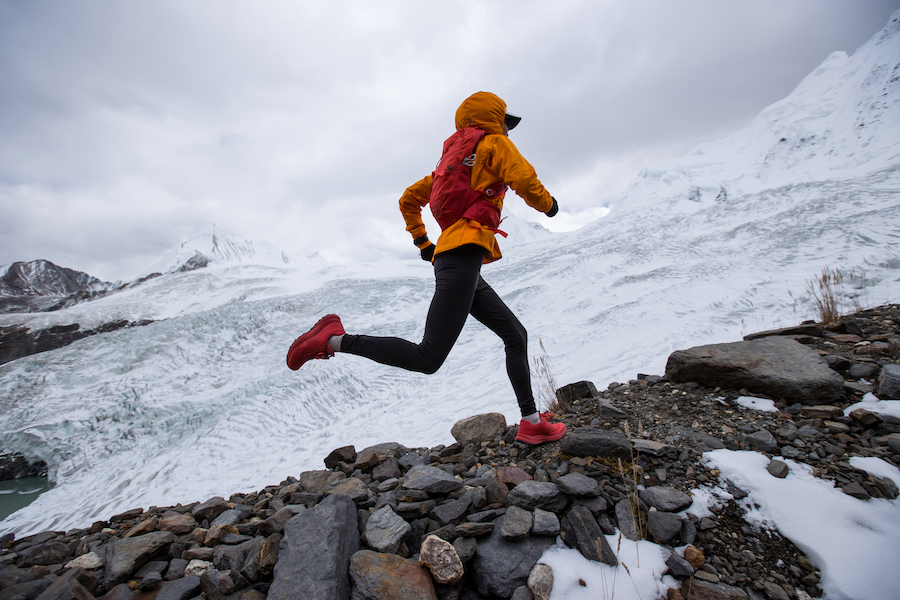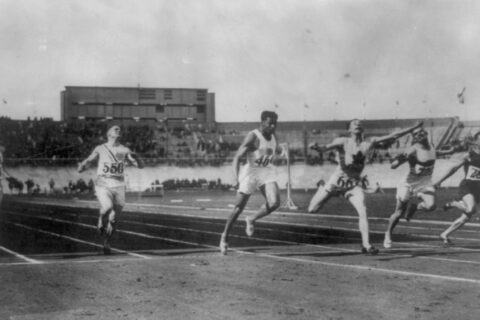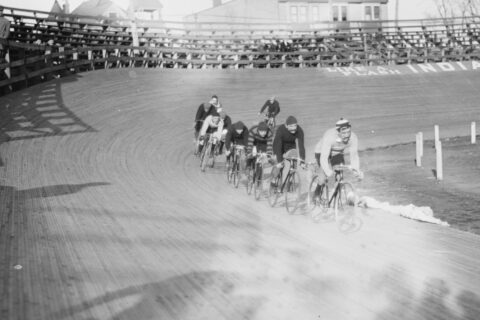How do studies that look at the performance effects of altitude in miners compare to lab data on endurance athletes?
Understanding the effects of altitude on human performance is critical not just for athletes. Miners and soldiers, for example, also frequently perform strenuous tasks at high altitudes. Could studies that look at how a lack of oxygen impacts human physiology and performance in these individuals apply to endurance athletes?
Research conducted on Chilean miners, published in 2019, looked at the effects of “chronic intermittent hypobaric hypoxia” on aerobic capacity, lactate concentration, and work efficiency. [1]
The results of this paper generally correspond to what I observed when I managed the physiology lab at Boulder Center for Sports Medicine.
There, we typically saw large changes in maximal and submaximal oxygen consumption with changes in altitude. We also saw large changes in the power-duration curve. Finally, we also saw large changes in the power associated with physiological events; for example, the power at lactate threshold.
In our research at BCSM, however, we did not tend to see large changes in heartrate or absolute lactate values. This was very convenient because, while the workload at LT1 or LT2 changed considerably, the heart rate at which these occurred did not.
Therefore, the best proxy for measuring the impact of altitude on workload is to monitor heart rate. For example, if your base-zone heart rate at sea level is 140-150bpm at 200-215 watts, then it is likely to still be 140-150bpm at altitude, but your power figures will be lower as you go higher.
As individuals acclimatize to altitude, the workload should increase, while heart rate zones will stay relatively consistent to those found at sea level.
References
Aerobic Capacity, Lactate Concentration, and Work Assessment During Maximum Exercise at Sea Level and High Altitude in Miners Exposed to Chronic Intermittent Hypobaric Hypoxia (3,800 m) https://www.frontiersin.org/articles/10.3389/fphys.2019.01149/full
Are athletes with lower body fat composition more susceptible to hypothermia? And is there a notable difference in chilling effect when either wetness or wind are added?
Different athletes will have different physiological responses to cold weather. Some of that may be driven by mental or psychological factors. However, when it comes to the physiology of hypothermia, a drop in heart rate is a sure sign of cold stress.
As our bodies attempt to conserve heat, blood vessels narrow temporarily so less blood reaches the skin and thus isn’t cooled as fast. Likewise, less blood is pumped to the periphery so as to keep the core body temperature as high as possible—thus protecting key organs.
Thinner people with less body mass are at a much higher risk of hypothermia. If your body is trying to keep the core warm, but the core is very thin and has no insulation (fat) to protect it, that’s a tall order. This is why open-water swimmers try to pack on a lot of fat before they do their target events—it keeps them warm.
When wetness and wind are added to the mix, the impact is even more pronounced. Wind increases the amount of cold air that makes contact with your body and draws out heat, through evaporative cooling.
Even more impactful is the effect that water and humidity can have on body temperature. To fully understand why this is, let me explain a term called specific heat. This is the quantity of heat required to raise the temperature of one gram of a substance by one Celsius degree. The units of specific heat are usually calories or joules per gram per Celsius degree. For example, the specific heat of water is 1 calorie (or 4.186 joules) per gram per Celsius degree.
Air has a lower specific heat value—that’s why it can heat up and cool down very quickly. That’s also why you can go out in 50-degree air and be comfortable. Water has a very high specific heat value (hence it’s called a heat sink.) If you sit in 50-degree water, you’ll go hypothermic quickly. So even cool water on your body can draw out a lot of heat—something cool air can’t do.
We get a lot of great questions like these on the Forum, check out more now!




